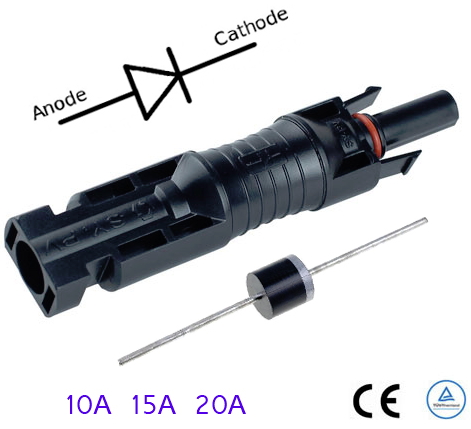I am planning on installing 12 x 270W panels with 4 panels connected in series creating 3 strings that will be connected in parallel. I will have shade in the morning (winter) on the one string. The charge controller I will be using is the MPPT 250/100 (to allow for expansion). My questions are:
- Each string will be producing different amount of power as one string will be in the shade and the other two in full sun. Does the controller handle this?
- How many individual strings can be connected to this controller (assuming I am not exceeding the volts or amps of the controller?
- What is the difference between the Tr and MC4? I assume the connections? The MC4 seems to allow for 3 separate connections, so is it limited to 3 strings?

 At least this made some electrical sense for me and it works flawless for over a year.
At least this made some electrical sense for me and it works flawless for over a year.